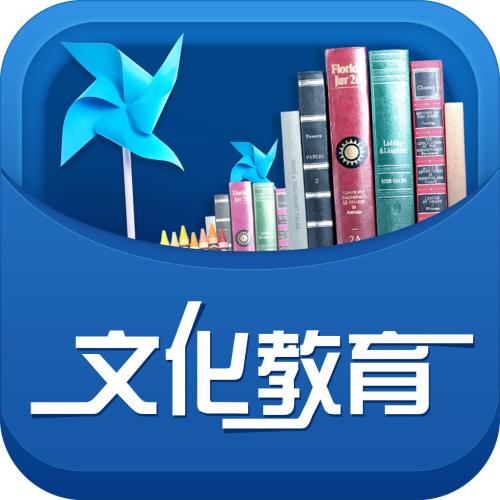Technology integration in educational settings has led to the development of novel sensor-based tools that enable students to measure and interact with their environment. Although reports from using such tools can be positive, evaluations are often conducted under controlled conditions and short timeframes. There is a need for longitudinal data collected in realistic classroom settings. However, sustained and authentic classroom use requires technology platforms to be seen by teachers as both easy to use and of value. We describe our development of a sensor-based platform to support science teaching that followed a 14-month user-centered design process. We share insights from this design and development approach, and report findings from a 6-month large-scale evaluation involving 35 schools and 1245 students. We share lessons learnt, including that technology integration is not an educational goal per se and that technology should be a transparent tool to enable students to achieve their learning goals.
翻译:教育环境中的技术整合已经导致了新型传感器工具的发展,使学生能够测量和与他们的环境交互。尽管这些工具的使用报告可能是积极的,但评估通常在受控条件和短期内进行。需要在现实课堂环境中收集的纵向数据。然而,持续和真实的课堂使用要求教师认为技术平台易于使用且有价值。我们描述了我们开发的一种传感器平台,以支持科学教学,该平台遵循了一个为期14个月的用户中心设计过程。我们分享了这种设计和开发方法的见解,并报告了一个为期6个月的大规模评估结果,涉及35所学校和1245名学生。我们分享了所学到的经验教训,包括技术整合本身并不是教育目标,技术应该是一个透明的工具,使学生能够实现他们的学习目标。



